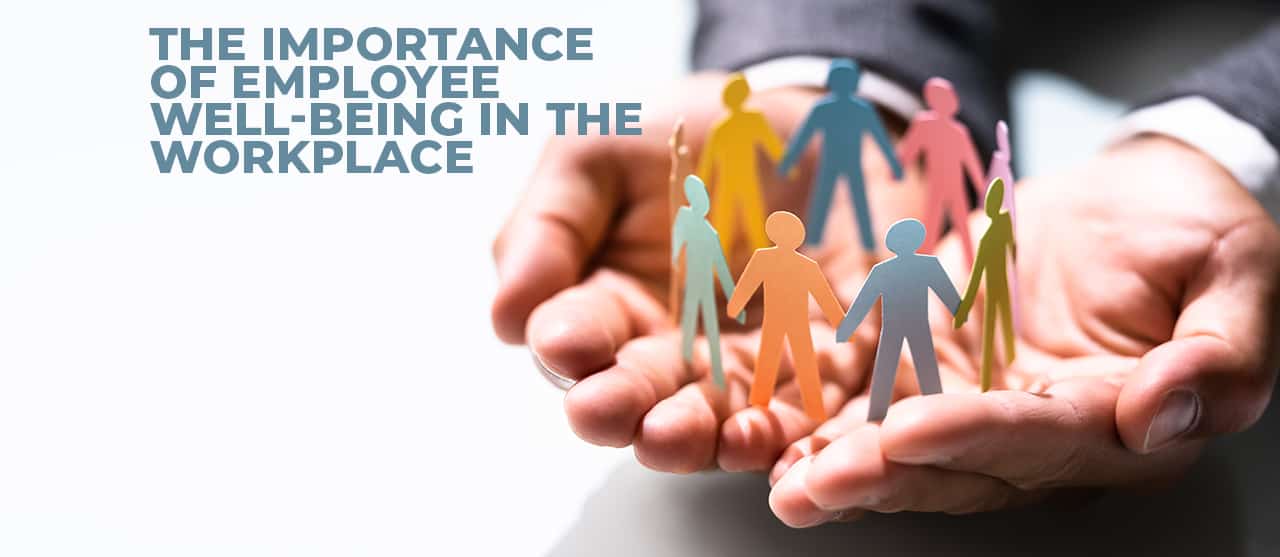
WHO defines health as a state of “complete physical, mental, and social well-being” and not simply the absence of disease or infirmity. Favorably, in recent times, organizations have not been shy about recognizing the importance of employee well-being at work.
Employee well-being is important for both employees and employers. Employees always respond to their working environment, motivators, and hygiene factors, as well as personal challenges. Therefore, organizations must concentrate on the true impact they are having on employees’ holistic well-being.
The Key Role Of HR Professionals In The Workplace
Human resource professionals or workplace advocates are integral to ensuring or driving employee well-being. The HR departments must reinstate policies that benefit employees and promote a healthy work environment. At the same time, they are responsible for sustaining excellence by onboarding the right candidates who agree or fit in with the company’s policies.
As such, HR professionals play a strategic role in establishing an organization that believes in and practices a people-first approach. This is accomplished by comprehending a company’s end goals and aligning the well-being of its employees in such a way that they deliver the desired output. Let us look at how this culture of happiness that drives excellent productivity is created.
How HR Professionals Create A Culture Of Well-being
1. Performing Regular Employee Connects
Employee connects function exactly as they sound; they are one-on-one sessions or group meetings. These connect programs are nothing more than providing meaningful assistance to employees and making them aware of their potential weak strings.
Such connects are an excellent way to identify any problem areas that can later develop into mental agony that hampers productivity. As it stands, HRs are responsible for organizing such activities and motivating employees by demonstrating the program’s benefits.
2. Creating A Holistic Well-Being Program
56% of employees participating in the wellness programs report taking fewer sick days. A well-being program is an expanded version of an employee check-in. Creating a holistic program usually requires creating a culture that makes employees feel safe and secure — mentally, financially, and physically. Today, the idea of creating a well-being program must encompass the needs and preferences of employees and the requirements of the business.
For example, the demand for hybrid workplaces is high today, so much so that the model is expected to grow by more than 80% by 2024. So, the well-being programs must be adjusted accordingly. Community-driven programs can also be an excellent way to nurture a well-being program, and all of these activities necessitate HR intervention and support.
3. Enabling Policies In Favor Of Employees
HR employees, in collaboration with management, create and implement policies that help the organization run as smoothly as possible. These can be related to mental health support/time off, flexible working, training and development, and work-life balance opportunities.
These policies aid in the creation of a give-and-take environment, allowing employees to reciprocate by working to the best of their abilities. Often, certain employees continue to face difficulties. In such a scenario, HR managers can identify problem patterns and signs and assist by providing extra care to the ones in need.
4. Training, Talking, And Ensuring Work-Life Balance
When employees have a well-rounded life outside of work, they are more likely to thrive inside the workplace. This is because they are given a chance to unwind and recharge. Different organizations function differently, so HR professionals need to note the right methods and tools that work for them.
They have a big role to play in identifying the employees who tend to buck under pressure and, as noted earlier, aid such employees in their needs. This way, they also serve to break down stereotypes and create the ideal culture.
5. Informing About Changing Policies
One of the most important aspects of HR’s communication with employees is related to crisis management. Although this is more of an internal communication aspect, HR must inform employees about changing policies and explain the impact, both positive and negative, especially for employees.
When explaining why an organization is changing policies, the HR professional must be an advocate for employees and speak for them and to them. At times, the company’s policies may result in retaliation, but when the right motivation is delivered in a culture that values well-being, changes can be well accepted.
EnFuse Puts Employee Well-Being At The Helm
Creating a culture that advocates for and supports well-being-related initiatives is the first step in creating an organization that prioritizes employee well-being. All other initiatives will fail if management or employees do not recognize the importance of employee well-being in the workplace.
At EnFuse, we place empathy and values above all other considerations, which has allowed us to attract and retain the best team to serve our clients. We are always looking for people who are enthusiastic about their work and understand the importance of well-being at work. We provide limitless opportunities and a culture that is dedicated to the betterment of all. Check out our careers page and apply for a position that interests you.

















Comment